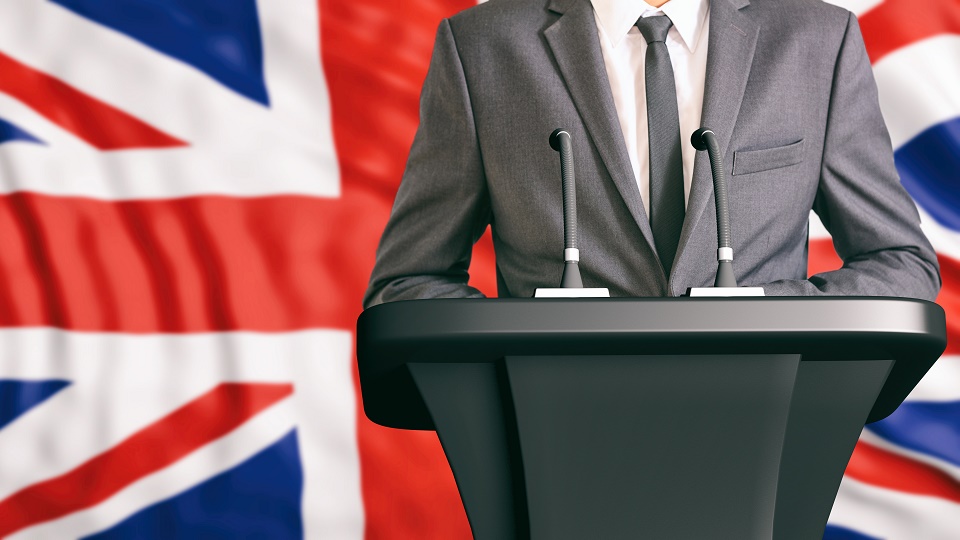The findings from Loughborough University’s latest real-time General Election media analysis also show that men also appear far more frequently than women as representatives of businesses, academia, trade unions, think tanks, opinion poll companies, showbusiness, government, and public professions.
The marginalisation of women is also reflected in this week’s top ten most prominent political figures of the media campaign, where just two are women (both Labour – Rachel Reeves and Angela Rayner).
When it comes to campaign issues 2024 is shaping up to be the Taxation Election. Tax has consistently ranked as the top policy issue, securing 12% of TV and press coverage over the last three weeks – double the amount of coverage for the next ranked topic (economy and business). Health/the NHS has secured only 5% of coverage, with the environment and education scraping just 2%.
There is little sign that newspaper coverage of the Conservatives is becoming less critical. Negative press coverage for the Tories in week three even exceeded levels found for week two, where Rishi Sunak’s decision to leave the D Day commemorations early dominated media headlines. Negative press coverage of Labour has intensified in week three, after a significant reduction in week two.
Reform UK are the third most prominent party in terms of both television and newspaper attention. Leader Nigel Farage has crowded out other Reform candidates through featuring in over double the amount of coverage compared to the rest of his party. In doing so he has consolidated his position as the clear alternative voice to the two contenders to be Prime Minister, remaining the third most prominent political figure in the media campaign behind Starmer and Sunak. While Farage secured 12.1% of press and TV coverage, by contrast the Liberal Democrat Ed Davey secured just 2.6%.
Discussing this week’s findings Dr Jilly Kay said: “‘Almost all the main parties are led by men and this is a highly presidentialised media campaign. It’s not surprising that male voices are dominating party political representation. Nevertheless, editors and journalists make choices in the other sources they select to cover the campaign. Here again, we see a consistent privileging of male voices and it shows that gender disparity in news reporting is not just a reflection of inequalities in our political representation.”
The team’s full report and methodology can be found on the University’s dedicated 2024 General Election website.
Results in the report are derived from detailed content analysis of news coverage of the election, compiled by experts in the CRCC. The research team has conducted news audits for every General Election since 1992.
For regular updates follow @lboroCRCC on X.
